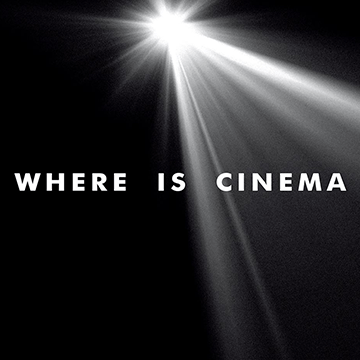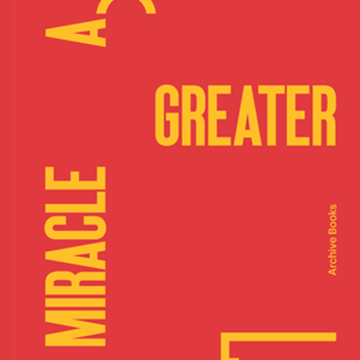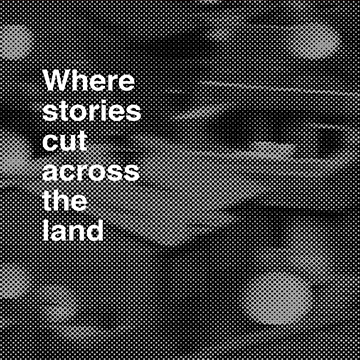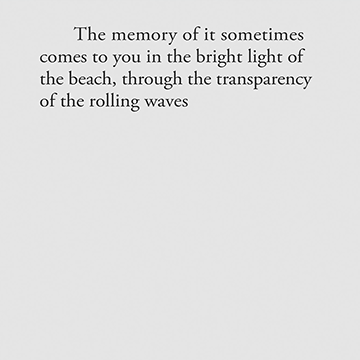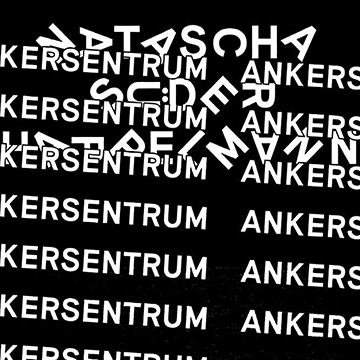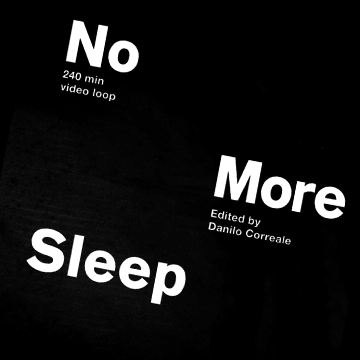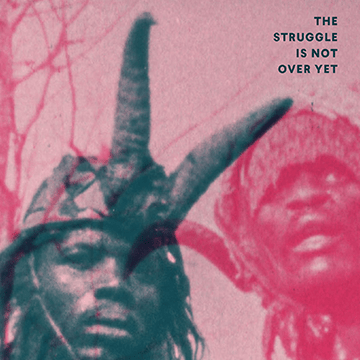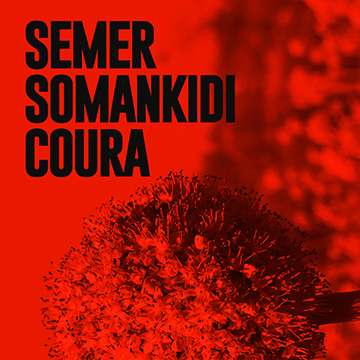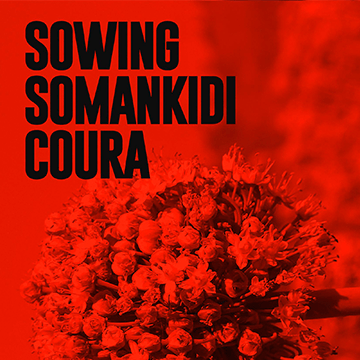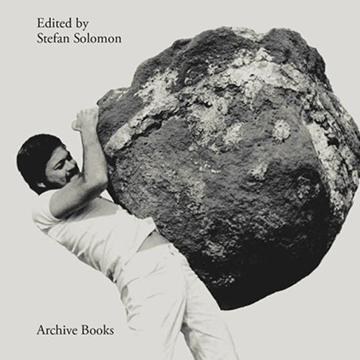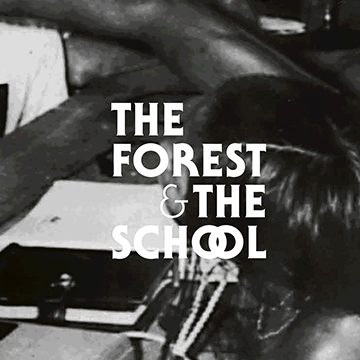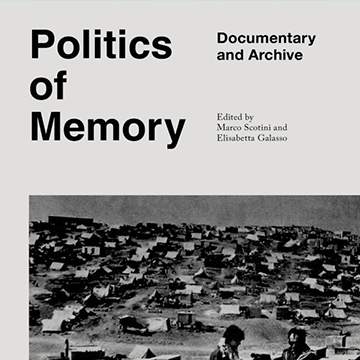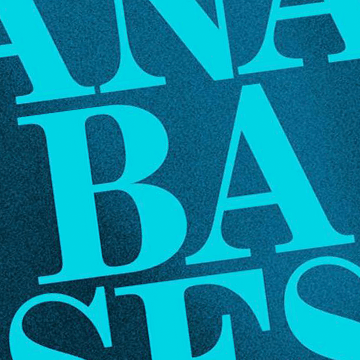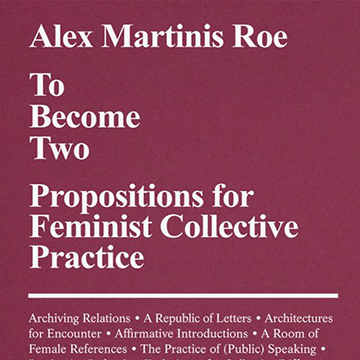The book is compiled of portraits of film initiatives from around the world, interwoven with conversations with adventurers who have rebooted movie theatres or built them up from the ground, in the hope that it can be an inspiring compendium for future cinema builders, filmmakers, film curators and film lovers.
Category: Titles
A Greater Miracle of Perception
A Greater Miracle of Perception explores how miracle making – making the impossible possible – is reflected in artistic practices today. The publication accompanies the exhibition by The Miracle Workers Collective at the Finnish Alvar Aalto Pavilion in the framework of the 58th International Art Exhibition – La Biennale di Venezia.
’68NOW
This book is to be published fifty years after the events of ’68. The focus of the symposium, as is clear from the title, is concerned with both the discontinuities and the continuities between ’68 and our present situation, examined in a series of lectures organised by Vasyl Cherepanyn from the Visual Culture Research Center and with a contribution from tranzit.cz, in Kyiv.
Where stories cut across the land
This is not an artist’s book about borders. Rather, it is an artist’s book about overcoming the influence of politics on the land within the borders of unrecognized or semi-recognized states. It is a document of the fragmented symptoms of the “Bosnian pot” character of governance, in which all components simultaneously complement and eliminate each other.
Encircling the Image of Trauma
This book tiptoes between aesthetics and ethics; it proposes to rethink trauma in its necessity as well as impossibility to be represented and understood.
The traumatic experience of violence marks social orders and imbues history. How does it reach beyond distress and pain? This collection of works interrogates alternative narratives: The traces of trauma may also comprise a subversive potential, which withdraws from the hold of power and instead makes room for a sense of history's vulnerability.
Ankersentrum (surviving in the ruinous ruin)
Natascha Süder Happelmann deals with what could be called ruinous spaces. Spaces that have created conditions or facts that are irreversible or irreparable. Natascha Süder Happelmann is of the opinion that some spaces are already ruins at the time of their creation. Their ruinous character is often already inherent in the idea behind them. It is precisely these spaces that Natascha Süder Happelmann seeks out in her quest for the unstable formations of possibility and survival. Throught her collaborative practice Natascha Süder Happelmann’s reassesses the conditions and spaces for artistic action and activates aesthetic research in political and social contexts.
No More Sleep No More
Night-space and sleep, despite the recent media attention, remain rather uncharted territories in the landscape of human life, and continue to generate intriguing theories and propositions both in medical and social sciences. No More Sleep No More neither poses nor answers questions about sleep, but rather aims to reframe sleep and wakefulness into the framework of chronopolitics together with aspect of our lives absorbed under the neoliberal condition.
Luta ca caba inda
An archive of film and studio material in Bissau. On the verge of complete ruin, the footage testifies to the birth of Guinean cinema as part of the decolonising vision of Amílcar Cabral, the liberation leader who was assassinated in 1973. In collaboration with the Guinean filmmakers Sana na N’Hada and Flora Gomes, as well as many allies, Filipa César imagines a journey where in this fragile matter from the past operates as a visionary prism of shrapnel, with which to look through. Digitised in Berlin and screened at various locations – in what would come to resemble a transnational itinerant cinema – the archive convokes debates, storytelling and forecasts. From their screening in isolated villages in Guinea-Bissau to European capitals, the silent reels are now a place from which people might search for antidotes to a world in crisis.
The Struggle Is Not Over Yet
A conference, hosted by the International Center for the Arts José de Guimarães, borrowed its title from an unfinished film stored in an archive in Bissau. 'Luta ca caba inda' (The struggle is not over yet) was conceived as a documentary film on post-independence Guinea-Bissau, but was abandoned in the editing process in 1980. The archive testifies to a decade of collective and internationally connected cinema praxis in the country, as part of the people’s struggle for independence from Portuguese colonialism.
Semer Somankidi Coura
Sowing Somankidi Coura. A Generative Archive is a long-term research endeavor initiated by Raphaël Grisey in collaboration with Bouba Touré. The project revolves around the permacultures and archives of Somankidi Coura, a self-organized cooperative along the Senegal river. The cooperative was founded in 1977 by a group of former African migrant workers and activists in France after the Sahel drought of 1973.
Sowing Somankidi Coura
Sowing Somankidi Coura. A Generative Archive is a long-term research endeavor initiated by Raphaël Grisey in collaboration with Bouba Touré. The project revolves around the permacultures and archives of Somankidi Coura, a self-organized cooperative along the Senegal river. The cooperative was founded in 1977 by a group of former African migrant workers and activists in France after the Sahel drought of 1973.
Tropicália and Beyond
Although the short-lived Brazilian cultural movement known as Tropicália is most commonly associated with music and the visual arts, its sense of playfulness and strategies of appropriation have stimulated many of the country’s filmmakers from the 1960s to the present. Fifty years after its emergence, what is the legacy of Tropicália today?
The Forest and The School / Where To Sit at the Dinner Table
Edited by the writer and visual artist Pedro Neves Marques, this book is a thorough anthology on Brazilian Antropofagia. It presents Antropofagia not simply as an aesthetic movement, based on acculturation or an hybridity exemplary of the tropics, but as a full scope South American cosmopolitics, defined by predation and the immanence of the enemy, by an humanity unbound from species, and a technology aimed at leisure.
Politics of Memory
The anthology Politics of Memory aims to investigate the document as such, as an objective trace left by events, as material proof or the creation of reality – the strategies with which they transform a state of memory into State memory, those by means of which a historical removal is enacted, those, ultimately, in which there is an attempt to challenge permanent or temporary amnesia, opening up to the future. The artists and filmmakers contributing to this publication represent the most advanced area on an international scale of a research that inaugurates a new relationship between artistic practices and the documentary.
Anabases
Anabases is a project initiated by the artist Eric Baudelaire and conceived as a conversation between his own practice and the research of the philosopher Pierre Zaoui and the cinema theorist Jean-Pierre Rehm. It revolves around the notion of ‘anabasis’, a topic that has been explored in various fields and times, from Xénophon to Alain Badiou, through the poets Saint John Perse and Paul Celan. Anabasis is used to describe a period of ‘uncertain wandering and without guide’ through unknown and dangerous lands that ends when one returns to the native land. Each chapter collects documentary materials which are at the root of projects: chronologies, archival photos, maps, pages from books and newspapers. These documents tell a story that becomes the starting point of forms and films that Baudelaire realizes.
To Become Two
To Become Two: Propositions for Feminist Collective Practice offers a narrative of artist Alex Martinis Roe’s research into a genealogy of feminist political practices in Europe and Australia from the seventies until today. These practices include those of the Milan Women’s Bookstore co-operative; Psychanalyse et Politique, Paris; Gender Studies (formerly Women’s Studies) at Utrecht University; a network in Sydney including people involved in the Sydney Filmmakers Co-operative, Feminist Film Workers, Working Papers Collective, and the Department of General Philosophy at Sydney University; and Duoda – Women’s Research Centre and Ca la Dona, a women’s documentation centre and encounter space in Barcelona.
